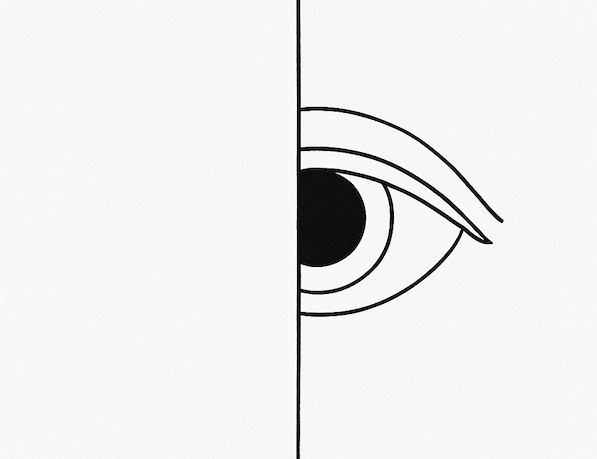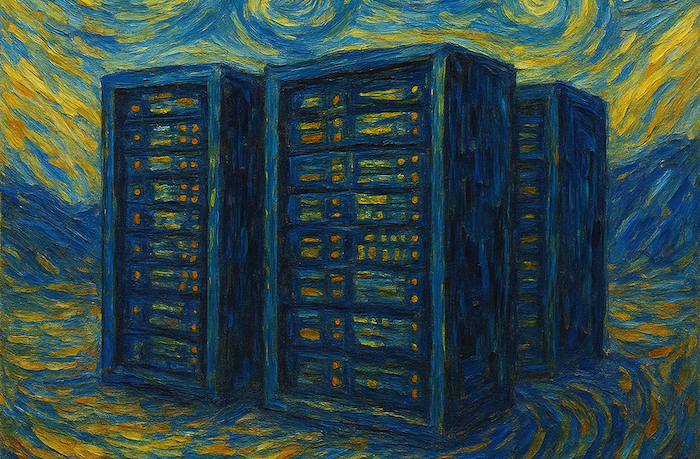Table Of Contents
- Abstract
- Why Disagreement Feels So Hard
- The Hierarchy of Disagreement
- My Journey: From Friction to Frameworks
- Why We Need Disagreement
- How to Disagree Better
- Conclusion: Towards a Culture of Constructive Conflict
Abstract
Disagreement is at the core of human discourse; political debates, personal relationships, and even scientific progress. Yet, for many of us, disagreement feels uncomfortable, threatening, or even dangerous. Why is that? What makes disagreement difficult? And how can we approach it with wisdom, rather than fear?
This article explores the psychology and science of disagreement, the levels of disagreement (from petty squabbles to ideological rifts), and my personal journey in learning to navigate disagreement without losing connection or clarity.
Why Disagreement Feels So Hard
Disagreement often feels like a threat, not just to our ideas, but to our identity. Research in psychology and neuroscience shows that when our beliefs are challenged, our brain reacts as if we’re under physical threat. It activates the amygdala, triggering a fight-or-flight response.
“We cling to our beliefs even when the evidence is overwhelming because our sense of self is often built around them.” – Jonathan Haidt, social psychologist
This instinctive response explains why disagreements often escalate into personal attacks or defensiveness. But the good news? Awareness is the first step to better conversations.
The Hierarchy of Disagreement
One of the most useful models for understanding the quality of disagreement comes from Paul Graham, a computer scientist and essayist, who outlined a “Disagreement Hierarchy”, a framework that distinguishes productive argument from mere name-calling.
Graham’s Hierarchy of Disagreement (from weakest to strongest):
- Name-calling – “You’re an idiot.”
- Ad hominem – “You would say that because you’re biased.”
- Responding to tone – “You’re being too aggressive.”
- Contradiction – “That’s not true.”
- Counterargument – “That’s wrong because…”
- Refutation – “Here is why your point is incorrect…”
- Refuting the central point – “The main idea you’re arguing is flawed because…”
Most online arguments stop around level 3 or 4. Real dialogue, however, starts at level 5 and above.
“If you can’t argue well, you can’t think well.” – Jordan Peterson
My Journey: From Friction to Frameworks
My relationship with disagreement has been shaped by years of participating in think tanks; intense, fast-moving environments where ideas clash by design. These weren’t casual debates; we were tasked with tackling complex problems that required diverse perspectives and the willingness to challenge each other constantly.
Over time, I noticed something: the quality of disagreement often depended less on the ideas themselves and more on the people behind them. Understanding someone’s position often meant understanding them; their priorities, communication style, and emotional tone.
Some of my peers were brilliant communicators. They could articulate their ideas with clarity, confidence, and openness. Even if I disagreed, I felt drawn into their thinking process. With others, the message was buried under layers of frustration or abstraction. Some showed deep conviction, but lacked clarity, and when people couldn’t get their point across, it often led to friction, defensiveness, and occasionally, gaslighting, whether intentional or not.
Those experiences taught me that disagreement isn’t just about logic or evidence, it’s about responsibility. The responsibility to:
- Truly listen to counter-positions.
- Understand your own position clearly.
- Represent it without ego.
- Integrate new information, even when it threatens your worldview.
It’s easy to react when misunderstood. It’s harder, but more powerful – to pause, clarify, and re-engage. Disagreement can’t be constructive unless we all take accountability for how we show up in the conversation.
For me, learning to navigate disagreement became less about debating better, and more about communicating responsibly, both with others and with myself.
Why We Need Disagreement
Disagreement, when done well, sharpens our thinking. It tests our assumptions. It reveals blind spots. And in a world increasingly divided by echo chambers and ideological silos, it’s not just useful, it’s essential.
“Freedom is the freedom to say that two plus two make four. If that is granted, all else follows.” – George Orwell, 1984
How to Disagree Better
- Ask, not assume.
Start with “Can you help me understand?” rather than “How can you believe that?” - Separate the idea from the person.
Disagree with views, not with identities. - Listen with the intent to learn.
Pause. Reflect. Respond. - Find common ground.
Even opponents often share values; they just prioritize them differently. - Aim for clarity, not victory.
Your goal isn’t to win the argument; it’s to understand the truth.
Conclusion: Towards a Culture of Constructive Conflict
Disagreement doesn’t have to be destructive. It can be a form of intimacy, a route to wisdom, a bridge rather than a wall. But only if we choose curiosity over certainty, listening over labeling, and shared truth over tribal loyalty.
In a time of rising polarization, perhaps the most radical act is to sit across from someone who disagrees with you, and choose to listen.



